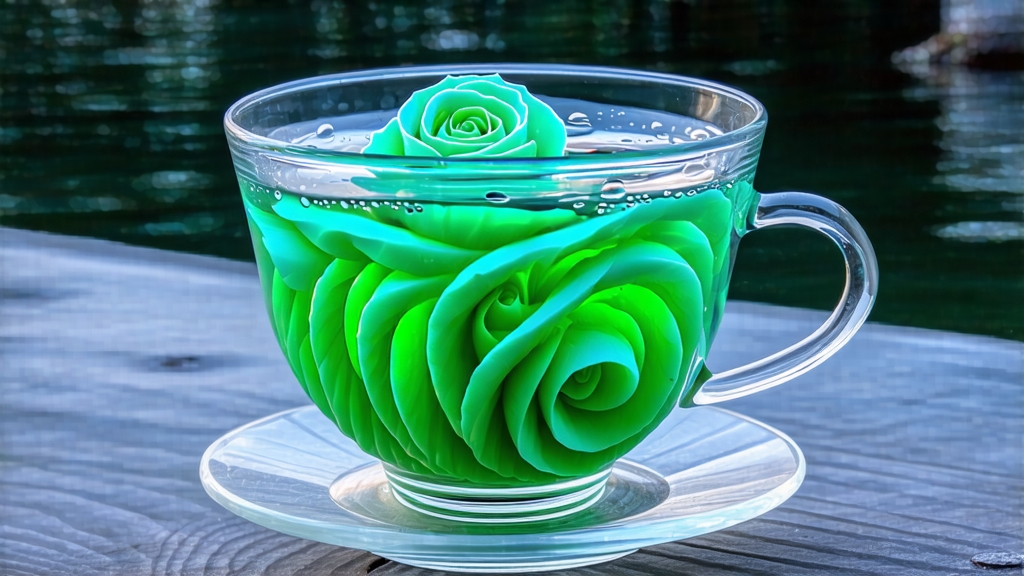
Among the emerald spectrum of Chinese green teas, none carries the romance of lake mist and imperial intrigue quite like Biluochun. Originally named “Xia Sha Ren Xiang” (“startling fragrance”)-so called because a tea-picking girl once tucked fresh leaves between her breasts, where body warmth released an intoxicating aroma-the tea was rechristened Biluochun (“green snail spring”) by the Kangxi Emperor in 1699 after he saw the tiny spirals resemble jade snails in springtime. For three centuries the cultivar has remained tethered to a 12-by-6-kilometer micro-zone of mist-locked hills where Dongting Mountain thrusts out of Taihu Lake, Jiangsu Province. Within this maritime climate, apricot, peach and loquat trees are interplanted among tea bushes; their blossoms fall like snow onto the budding leaflets, imprinting the raw material with a natural fruity note impossible to replicate elsewhere.
Although all Biluochun belongs to Camellia sinensis var. sinensis, two distinct styles have emerged. “Wild Biluochun” is picked from seed-propagated bushes that grow on rocky islets reachable only by boat; the leaves are tiny, silvery and deliver a pronounced orchid sweetness. “Cultivated Biluochun” comes from cloned bushes pruned into waist-high hedges on terraced slopes; the leaf is slightly broader, the cup brighter and more vegetal. Purists further divide the harvest into five lunar windows: Pre-Qingming (before 5 April), Mingqian (5–20 April), Yuqian (21 April–5 May), Guyu (6–20 May) and Lixia (21 May–5 June). Each window shifts the leaf’s amino-acid-to-polyphenol ratio, moving the liquor from umami-sweet to nutty-biscuit.
The hallmark of Biluochun craft is the hand-firing spiral, a 15-minute ballet performed at 80 °C on a cast-iron pan brushed with local ginkgo oil. A picker becomes a fryer: she tosses 250 g of just-withered buds into the pan, presses them with the heel of her palm, then lifts and rolls them against her fingers exactly 38 times to set the curl. The motion is so precise that veteran masters gauge readiness by ear: when the rustle of leaf against iron shifts from wet slap to dry whisper, firing stops and the spiral is fixed. The tea is then baked for 90 seconds over a charcoal ember of peach wood, a step that drives off residual moisture while sealing in the floral bouquet. The entire process, from pluck to pack, must finish within four hours lest the fragile aroma oxidize into grassy flatness.
To brew Biluochun abroad, begin with neutral water at 75 °C; harder water dulls the magnolia top note. Use a tall, clear glass so the unfolding choreography can be observed. Measure 3 g of tea for every 150 ml, but first warm the glass and discard the water. Drop the curled pearls in, let them rest for 30 seconds to absorb radiant heat, then fill the glass to one-third capacity. Watch the spirals sink like tiny green comets, slowly releasing silvery fuzz that forms a luminous halo. After 45 seconds top up with water to the rim and infuse for an additional minute. The first liquor should shimmer like pale chardonnay and emit a scent of peach skin and fresh pea tendril. Subsequent infusions can be lengthened by 15-second increments; a quality batch yields five steeps before the aroma collapses.
Tasting Biluochun is a temporal exercise. Bring the cup to your upper lip, inhale through the nose while keeping the mouth slightly open; this allows retro-nasal detection of the tea’s lactone compounds, translating into nectarine sweetness. Take a sip no larger than 5 ml, hold it on the tongue’s anterior third for three seconds, then aerate by clucking the tongue against the palate. A fine Pre-Qingming lot will present a three-stage flavor arc: an initial snap of snow pea, a mid-palate creaminess reminiscent of steamed soy milk skin, and a finish of mineral salinity that mirrors Taihu’s basaltic bedrock. The after-aroma, experienced minutes later when you exhale through the nose, should echo fresh loquat kernel-a tell-tale sign that the tea was pan-fired over